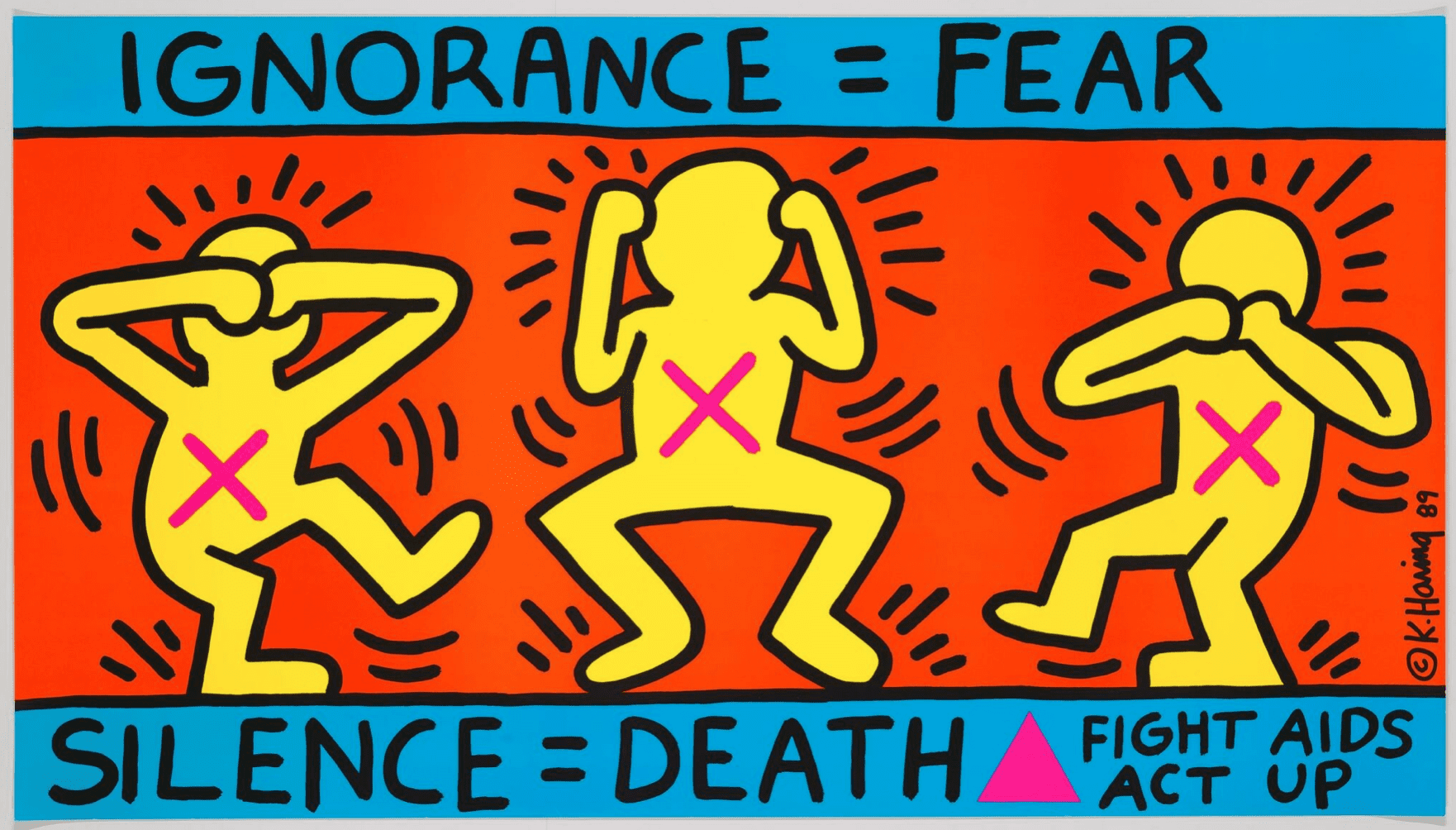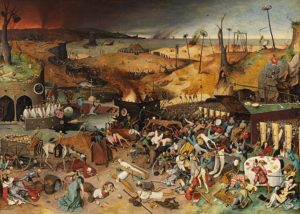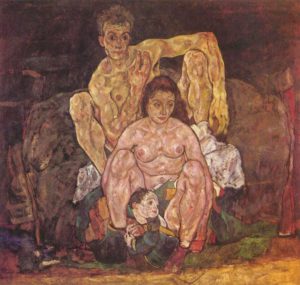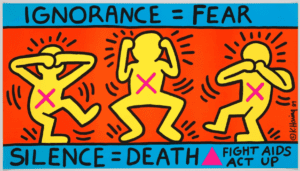
Art From Pandemics Past
The 2020 coronavirus pandemic gripped the world with uncertainty, engulfing this young decade with darkness and death.
However, this isn’t mankind’s first run-in with a widespread illness. Thankfully art is here to document how humanity perceived plagues throughout history: linking our struggles with people from the past.
The Black Death (1346-1353)
One of the world’s greatest plagues is the black death, which killed almost one-third of Europe’s population. With ships coming into Italian ports from Asia, rats with infected fleas quickly spread into medieval cities. The unsanitary living conditions allowed the disease to spread rapidly (it is said the Mongols would catapult infected animals into enemy territory to destroy their populations). Europe’s Christian majority believed the plague to be a punishment from God, going as far as burning Jews to repent. Overall, the black plague was a nauseating, dark period in history that generated sinister art in the years to come.
Above is Pieter Bruegel’s “The Triumph of Death”(1562). Bruegel, a Northern Renaissance painter, depicted a scene where death conquered Earth: leading the masses into an ungodly afterlife. The personified skeletons (undoubtedly influenced by works of the Late Middle Ages) adorn their shields with crosses, suggesting that they have overthrown religious institutions: with no hope for salvation. The warmer color palette envokes a feeling of hell on earth, perhaps Bruegel’s projection of life in Europe: where disease and death were frequent.
1918 Flu Pandemic
A little over 100 years ago, a new strain of influenza attacked the world: killing about 50 million people. Largely overshadowed in history textbooks by World War I (which killed 10 million less than the 1918 pandemic), the flu claimed the lives of notable members of the art world, such as Gustav Klimt. Cities forced the public to wear masks while bodies overfilled morgues and burial sites, drawing similarities from the pandemic we face today.
Displayed is Egon Schiele’s “Family” (1918). Schiele, a leading Austrian Expressionist, had already lost colleagues to the flu but remained optimistic with a painting of himself, his wife, and their future child. Their stern faces seem to reflect the troubled society they live in. The brushstrokes created textured skin that contrasts with the darkness around the figures, each a different skin tone. Tragically, Schiele’s wife died of the flu six months pregnant, with Schiele dying three days after her.
HIV/AIDS Epidemic (1980s-Present)
In the 1980s HIV began to spread throughout the United States, with over 70 million infected and 35 million dying of AIDS worldwide. The virus inserted itself into the gay community, spreading through bodily fluids and blood. As AIDS dreadfully claimed the lives of stars such as Rock Hudson and Freddie Mercury, a cure still does not exist today. The virus continues to develop, especially in various African countries.
Above is the work of American neo-Expressionist Keith Haring “Ignorance = Fear” (1989). In response to the lack of awareness made by the Reagan presidential administration, Haring encouraged his viewer to advocate against the spread of HIV/AIDS with his portrayal of the three wise monkeys. Haring also used the pink triangle to reclaim the Nazi label of homosexuality and his signature style of primary colors with cartoon-like figures and fonts, to convey a larger message. Principally, the poster was a call to action: aimed towards the larger American public who thought the modern plague would not affect them.





